Prefabrication
Most people associate prefabricated construction with complete structures built in a factory, transported to the site, and set on a foundation. To a large extent, this notion is correct.
To put it simply, prefab or prefabrication is the practice of assembling structural components in a factory or other manufacturing facility and then transporting the completed assemblies to the construction site where the structure is to be built. This method reduces construction costs by wages, saving time and materials. Doors, wall panels, stairs, floor panels, walls, windows, roof trusses, room-sized components, and sometimes entire buildings are prefabricated units.
This construction method is gaining popularity, and builders worldwide are now using factory precision and efficiencies to build high-quality structures.
Little More on the Prefab Concept
Prefabricated construction combines excellent design with up-to-date quality-controlled manufacturing procedures and high-performance mechanisms. The work is divided into two stages: the first is manufacturing the components, which takes place in factories or other locations other than the final location, and the second is the erection of the structure in its final position.
The various prefabricated sections are mass-produced and then shipped to various construction sites. Before being used in construction, precast concrete units are hardened and cast. However, builders will sometimes cast components on the job site and hoist them into place once they have hardened.
Bad weather conditions no longer impede the construction process; in fact, they help to reduce the waste of time and materials on the job site. This technique also ensures that the structures are built quickly.
Uses of Prefabrication
Prefabrication is not only used in the construction of large buildings, but it also has several other applications:
- The most common type of prefabrication building is prefabricated concrete and steel sections in structures where a single building element is repeated several times.
- Prefabrication eliminates the need for concrete to be transported to the construction site and the need to mix and pump wet on a crowded construction site. Pouring concrete sections in factories also ensures that the molds can be reused repeatedly.
- Prefabricating steel sections reduces on-site cutting/welding costs while also lowering the associated risks.
- These techniques are also used in constructing apartment buildings, multi-family housing developments, office buildings, warehouses, and factory buildings.
- Prefabricated glass and steel sections are commonly used on the exteriors of large buildings.
- For bridge designers and contractors, prefabricated bridge systems and elements provide high cost, construction time, and safety environmental impact constructability benefits.
- Mobile phone radio towers and other services are frequently made up of a number of prefabricated sections.
- This technology is also widely used in the construction of spacecraft and aircraft. Components such as fuselage sections and wings are frequently manufactured in different countries or states before being assembled on-site.
Different Types of Prefabricated Systems
Prefabrication is about much more than just concrete and modular systems. We believe it will be very interesting to examine the various types of prefab systems.
- Panelized Wood Framing
Typically used for roofs, these are long pieces of laminated timber frames covered by a plywood or board roof deck. These roof panels, up to 72 feet long, can save construction time and make roof construction a much safer activity.
- Sandwich Panels
Made of two thin facings of plywood, concrete, or stainless steel. The facings then adhere to an insulating core, typically made of foam, paper, cloth, or rubber.
- Steel Framing
Steel has long been a popular and reliable material for commercial and residential construction. Steel framing uses this strong and durable material to create prefabricated panels that can be used to build buildings.
- Timber Framing
Although not widely used, timber framing panels are popular in other countries where timber homes are common. These framings are manufactured in factories and then used to construct timber homes.
- Concrete Systems
The ability to cast concrete fragments of a prefabricated building in the factory increases versatility while saving time. Although architectural elements such as concrete panels are heavier than other building components, they are typically stronger and can improve the aesthetics of a building.
- Modular Systems
This system uses all prefab styles to construct a complete building structure typically made of factory-built units. The buildings are delivered to the final construction site and connected to a ready-made foundation.
Prefabrication necessitates the collaboration of builders, architects, and suppliers in basic modular unit size and specification.
Benefits of Prefabrication
Prefabricated construction is a distinct practice in which the various components of a building structure are manufactured in a factory-controlled environment before being transported to the construction site for assembly and finishing. This type of construction has numerous advantages, which are discussed below:
- Modern Construction Solution
Each building unit in prefabricated construction can be easily disassembled and transported to a different location. This significantly reduces the need for new materials, energy expended, and overall construction time.
Furthermore, the prefabricated construction method provides you with structural design flexibility and limitless opportunities to design the house to meet your specific needs.
- High-Speed Construction
The traditional on-site construction method takes significantly longer to complete the project than prefabricated construction. Prefabrication often takes less than half the time to complete a building as traditional construction methods.
- Consistent Quality
Because prefabricated construction occurs in a controlled manufacturing environment, each assembly unit is built in accordance with specified standards. This means that the construction units structure will be of consistent quality. Furthermore, some building components are built with state-of-the-art technology that ensures precision and consistent output while adhering to building codes.
- Safety and Security
One of the most serious concerns about the on-site construction method is the safety of the workers, laborers, and people on and around the site. Numerous things can go wrong, putting peoples lives in danger. People are exposed to on-site weather risks in addition to on-site risks.
A significant portion of prefabricated construction is completed in a controlled factory setting, which remarkably reduces the risk of on-site accidents. Workers adhere to strict safety standards and procedures throughout the construction process. This greatly reduces the possibility of on-the-job accidents, liabilities, and injuries.
- Environment Friendly
One of the most energy-efficient and environmentally friendly construction methods is prefabricated construction. Traditional construction methods frequently require extra material, increasing the risk of waste.
As a result of the numerous advantages associated with prefabricated construction, it is rapidly gaining acceptance and popularity all over the world. This construction method provides environmentally friendly building, faster completion, high-quality structures, and consistent quality.
Trends in Prefabricated Buildings
The rise of prefabricated buildings and the industrialization of construction are unstoppable. It is expected that in the future, the construction system and industry will exceed the scope of existing models and industrial forms, realize assembly and industrialization, and gradually enter digital construction and smart construction.
- Green Prefabricated Buildings
Green prefabricated buildings are the most visible symbol of building industrialization and modernization. In the future, the new green prefabricated building system will undoubtedly be widely used.
- Contemporary is the New Style
Because the manufacturers have many designs in their stylebooks, prefab homes can be built in any style. According to experts, one of the most popular trends in home styling chosen by people is contemporary. First, a few prefab homes were also contemporary in style, but most people may be unaware that there are a variety of other designs to choose from.
- Rural Homeowners Choose Prefab Buildings
Experts believe that homeowners in rural parts would be more prepared to invest in prefabricated housing. Rural properties may also have difficulty reaching lumber yards and locating quality contractors, so opting for a prefabricated home may be less expensive and of higher quality in rural areas than in other parts of the country.
- Property Owners Believe the Myth of Lower Costs
Most experts believe that property owners frequently choose to invest in a prefabricated home because of the lower costs. However, some prefab houses are also more expensive, so we can say that the concept of lower prices is now a myth. Because these homes have a shorter timeline, many construction-related costs can be avoided due to delays. However, the overall cost of a prefab home is the same as that of a stick-built home.
- Millennials Inclined to Prefabricated Homes
Nothing beats the millennial when determining which generation is more likely to prefer prefabricated homes. There could be several reasons for this, ranging from the potential that prefab homes are computer-based to the concept that millennial homeowners are more familiar with the idea than homeowners who have only lived in cemented homes. With this type of construction on the rise, it stands to reason that younger homeowners will be key drivers.
- Plans and Size Vary for Prefab Houses
Prefab houses can be built in various sizes, architectural styles, and floor plans, ranging from tiny, small homes to massive mansions. However, some experts believe that, given a choice, most people prefer this construction method for two-bedroom homes, while another group would like to use it for three-bedroom homes.
Final Thoughts
Whatever the reasons for developing prefab technologies, it is a fact that this industry is expanding. Pay attention to trends over time to make better and wiser decisions about projects you might want to implement, such as your own prefabricated home.


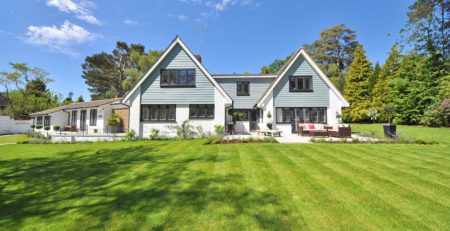
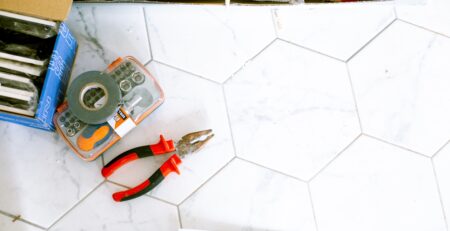


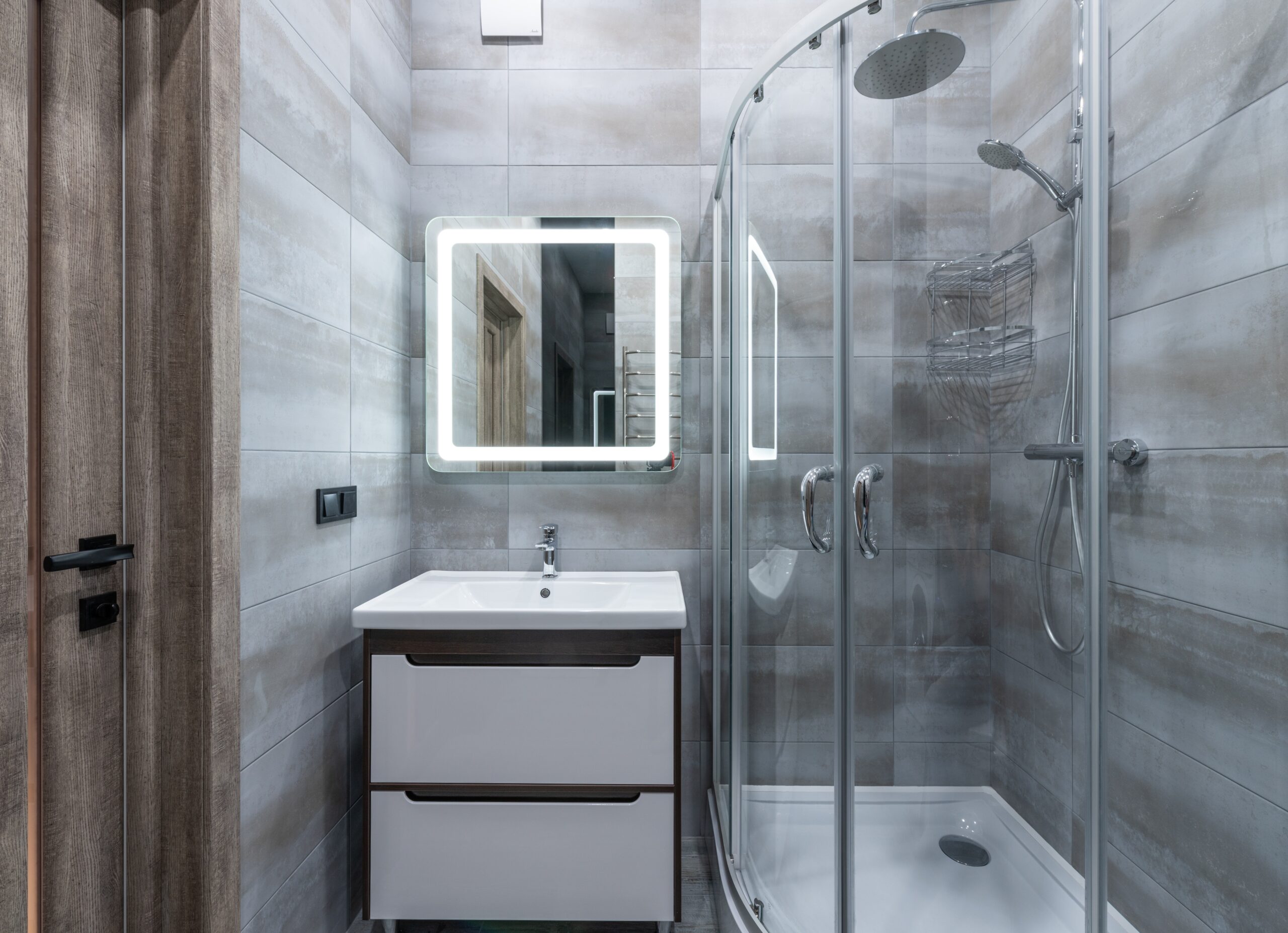
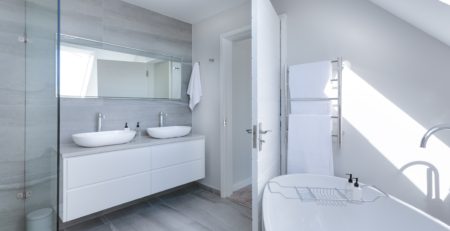

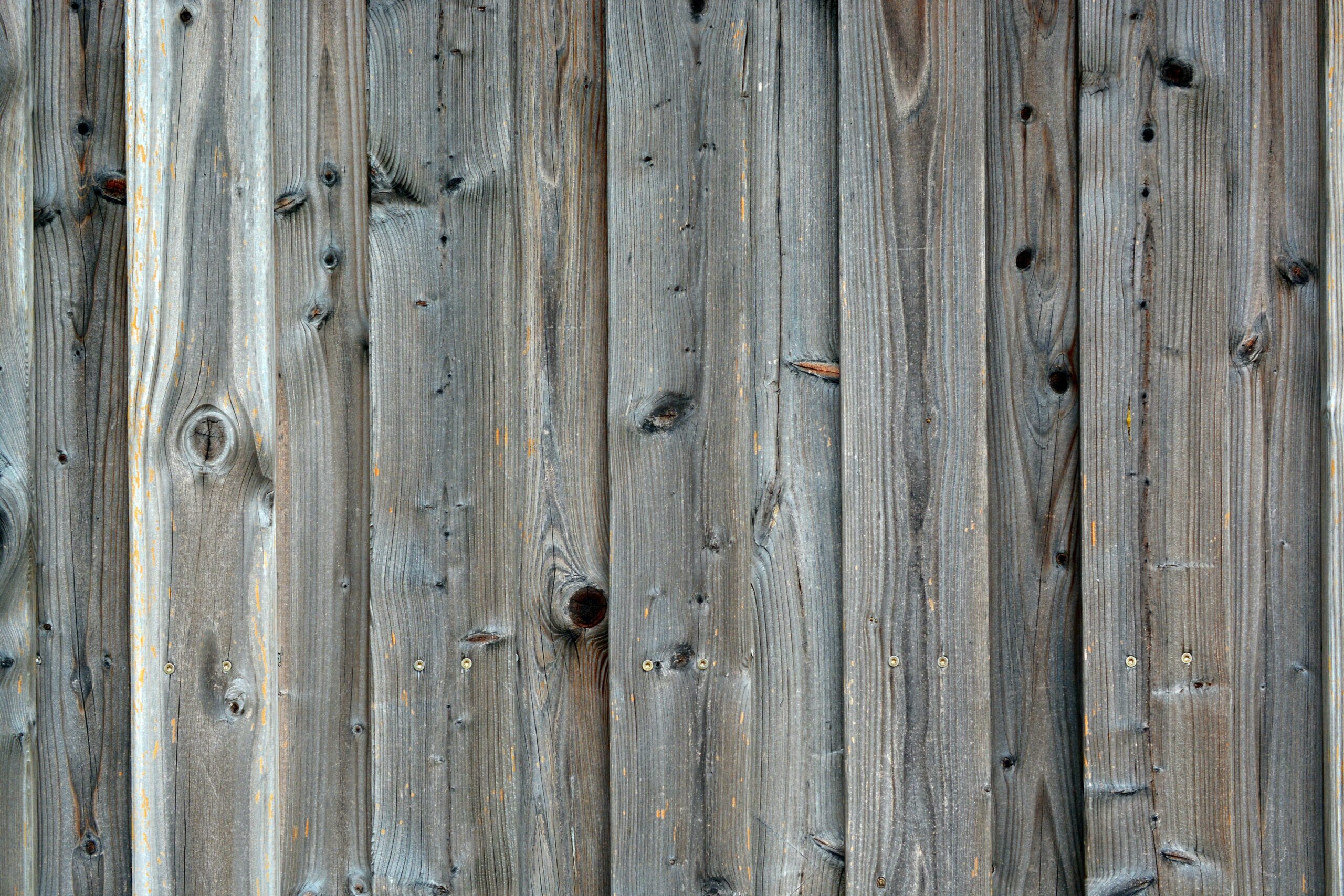

Leave a Reply